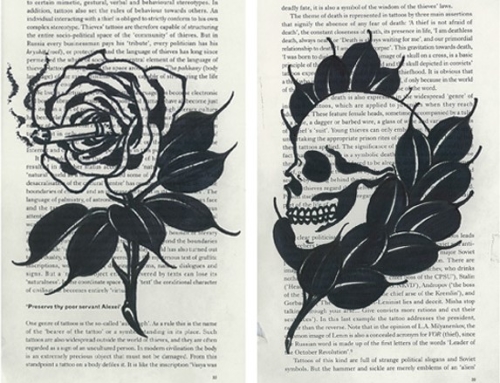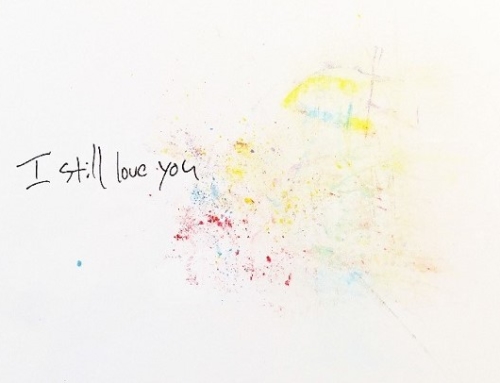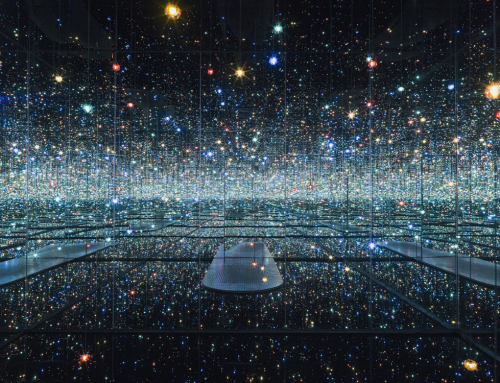At the end of another successful year, it’s safe to say that The Artist Project (TAP) is a valued staple of the Canadian arts scene.
A hot ticket amongst gallery goers and dealers alike, the contemporary art fair marked its seventh year in Toronto this February, bringing together 250 artists to the three-day showcase.
Featuring talents from Canada and beyond, art lovers make their annual pilgrimage to TAP in search of new artists to refresh their canvas-adorned walls and old favourites to add to their collections.
At the centre of our radar this year, were two Canadian artists, Lulu Ladrón de Guevara, a Toronto artist by way of México and Jesse Bromm, also a Toronto-based artist.
Addresses aside, Ladrón de Guevara and Bromm as artists, speak to the wide variety of creative talent exhibited at TAP 2014. Ladrón de Guevara explores various mediums as a visual artist, though principally focuses on abstract painting. The artist’s “In Quiet Light” painting series displayed at TAP, beautifully demonstrates the serenity of her creative vision through acrylic, wood and mylar on wood panels, and the evocative power she discovers in what is hushed. Says the artist: “In all my work, I search for a powerful energy with a calm presence.”
In the world of Jesse Bromm‘s miniature sculptures, the message to the viewer is layered with ironies. “I take inspiration from everyday life and frustration with the duality between an inner and outer sense of self,” explains Bromm of his art. Intricate and immediately arresting, the artist’s installation at TAP 2014 was a playful medley of glass blowing and curious found objects, unfurled, re-contexualized and whimsically propped up so impossible to pass without further inspection.
Below, Ladrón de Guevara and Bromm talk TAP 2014 and the philosophies and inspirations behind their body of work.

What’s the theme of the collection you’re showing at this year’s Artist Project?
Jesse (J): The theme of this collection is the hidden aspects of everyday life. Usually emotional or powerful cultural symbols buried under the surface of mundane or conflicting miniature depictions. I also use glass as a metaphor for one’s perception or assumed knowledge. If you look out a window at a tree you assume the tree is there without thinking, yet you are getting the information from the glass, not the tree, light is moving through an object and then into your eye, thus you are being influenced by the object i.e. glass
Lulu (L): This collection is called “In a Quiet Light.” I work with the theme of the sun’s light at dawn.
Where did you source your inspiration for this collection, and does it feed into any overarching themes within your body of work?
J: This collection is basically just a continuation of my body of work. The sculptures I make are also informed by my studio practice and being an active glass blower.
L: When I moved to a 22nd floor three years ago my perspective of light changed radically. Being able to see the sunrise inspired me and awakened my curiosity about the phenomenon of light.
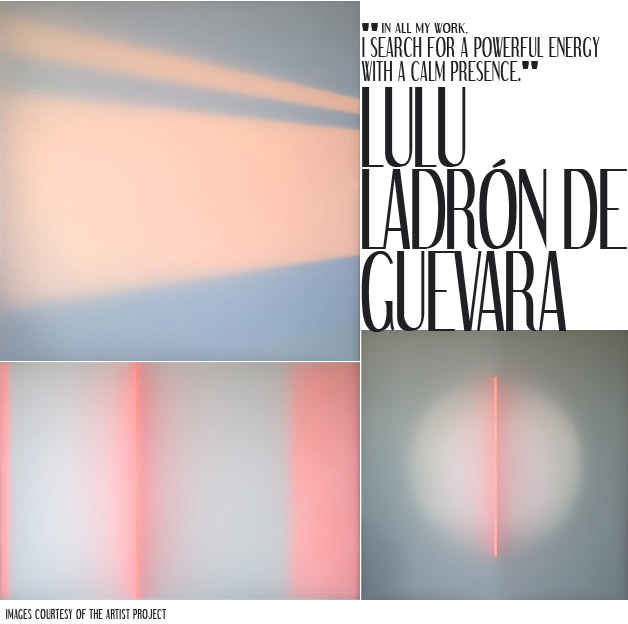
If you had to choose from your own collection, which piece on show at the Artist Project would you count as your favourite?
J: Right now, my favourite piece would be Landscape “Call of the Wild II,” which is the second one I’ve made of its kind. It includes a recently found copy of one of my favourite books Call of the Wild, which coincidently fit perfectly into a glass cylinder that I had lying around for a while. I also increased the craftsmanship from the last one I made. It also speaks to a feeling I get most of the time; there is a miniature child looking into a forest of trees, which is the need to just leave everything and go.
L: I don’t have a favourite. It would be like picking a favourite child.
Do you believe that art should communicate a readily available message or emotion as determined by the artist?
J: I do, yes. I think that when you look at art you should be able to get a sense of what the artist was feeling or wanted to say, but I also think that good art leaves room for the viewer to interpret and add their own context. I usually don’t like art that I have to read the description to really grasp the piece, but I also feel cheated when art is just so obviously about one thing, generally…though sometimes that can be powerful.
L: I think every artist wants to communicate something. For me art is a way to show my true essence.
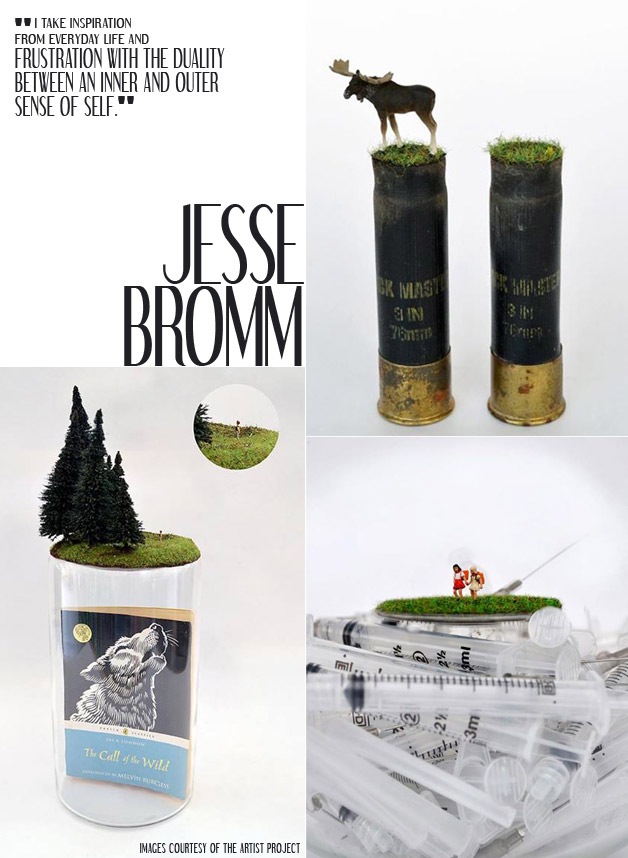
Do you use your art as a means of storytelling at all?
J: There is a narrative element to my work for sure, it’s hard to be representational — especially with human figures — but my work has always been about posing questions and starting a dialogue more than telling a story.
L: My work is more about feeling than narrative.
What was the first piece of art you saw that impacted your own creative vision as an artist?
J: I really enjoy work from Josh Keyes who is an American painter and illustrator, his work defiantly inspired my current body of work. Mostly his compositions and tastefully surreal depictions of the natural world.
L: I saw Las Meninas by Velázquez at Museo del Prado in my 20s and it blew my mind. How could a 2-dimensional object have so many layers, so many emotions? You can feel the air, you can move through the space. It’s like poetry. So then you want to paint.
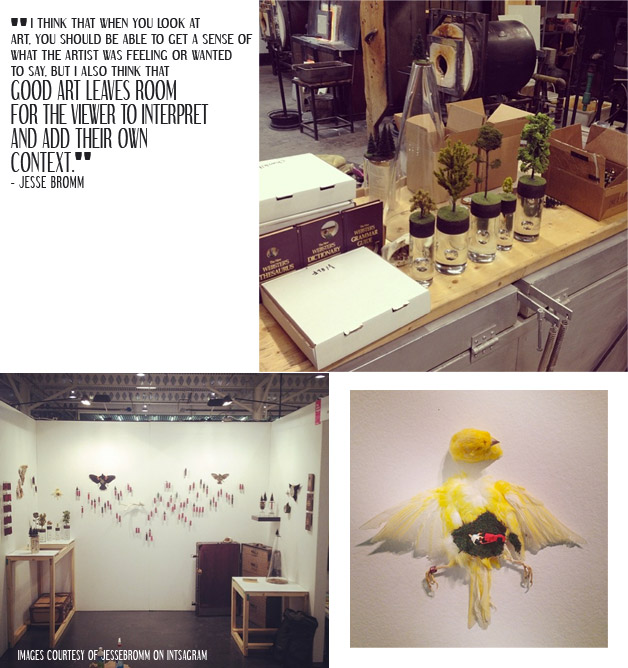
Which artists are you currently admiring?
J: Currently I am really admiring a couple of functional ceramic artists and small production studios actually, no one in particular.
L: Right now I am in love with James Turrell, Cy Twombly, Antony Gormley, Agnes Martin, Richard Diebenkorn, Carlos Cruz-Diez, a Venezuelan kinetic artist.
What artists are you looking forward to seeing at The Artist Project?
J: Well, I am always looking forward to seeing my friends and studio-mates, but besides them, I’m pretty into Claudia Cote’s work. It’s too bad there isn’t more ceramic.
L: I like the vibe in general of being around other artists. TAP is a super event for us to be exposed, for incredible people who spend their time and money to come see art and talk with the artists.
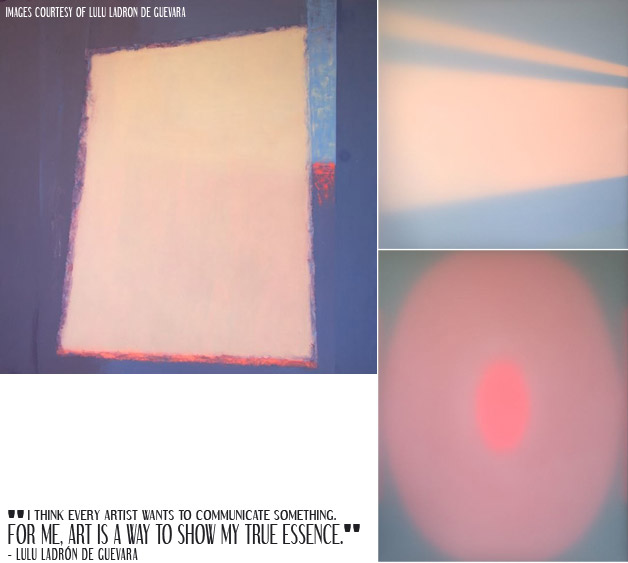
The internet and the dawn of social media has changed many artistic fields such as music and film, would you say it’s impacted the art scene just as dramatically?
J: It’s definitely easier to get out there, to network and answer cool questions like this. I would say it probably hasn’t had as big of an impact as music or film though, you still have to get off your couch and drop the Doritos to come experience art.
L: Oh yes. We are living in the era of images. You can virtually visit museums, art collections, landscapes, places, cities. This stimulates our sense of sight and informs us. But it’s always best to experience the real thing. I had seen Michelangelo’s Pietà in photographs and videos, but the moment I looked up at it at Saint Peter’s, I couldn’t contain my tears. It wasn’t just the beauty and perfection of the sculpture, but the emotion within.
Published February 27, 2014







